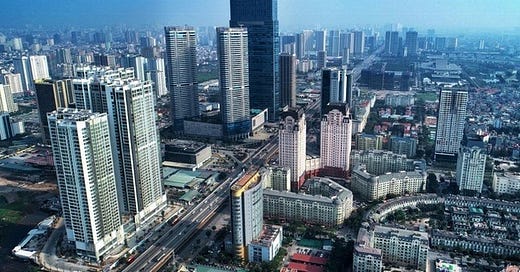In my commentary of June 7, 2022, I reviewed the important book by Alberto Gabrielle and Elias Jabbour, Socialist Economic Development in the 21st Century, which examines the developing theory and practice of socialism in China, Vietnam, and to some extent Laos. They suggest that that the classic understanding of socialism, rooted with varying degrees of accuracy in the socialist project of the Soviet Union, is not useful for understanding socialism in our time. We must base our understanding of socialism in the socialist projects that are being developed today, which are found in China and the Third World.
Firmly rooted in empirical observation, at least with respect to the economy, Gabrielle and Jabbour maintain that socialism today is not characterized by centralized planning of state-owned enterprises, but by socialist-oriented planned market-economies, in which there exist possibilities for private capital, for the autonomy of private and public enterprises, and for loc…


